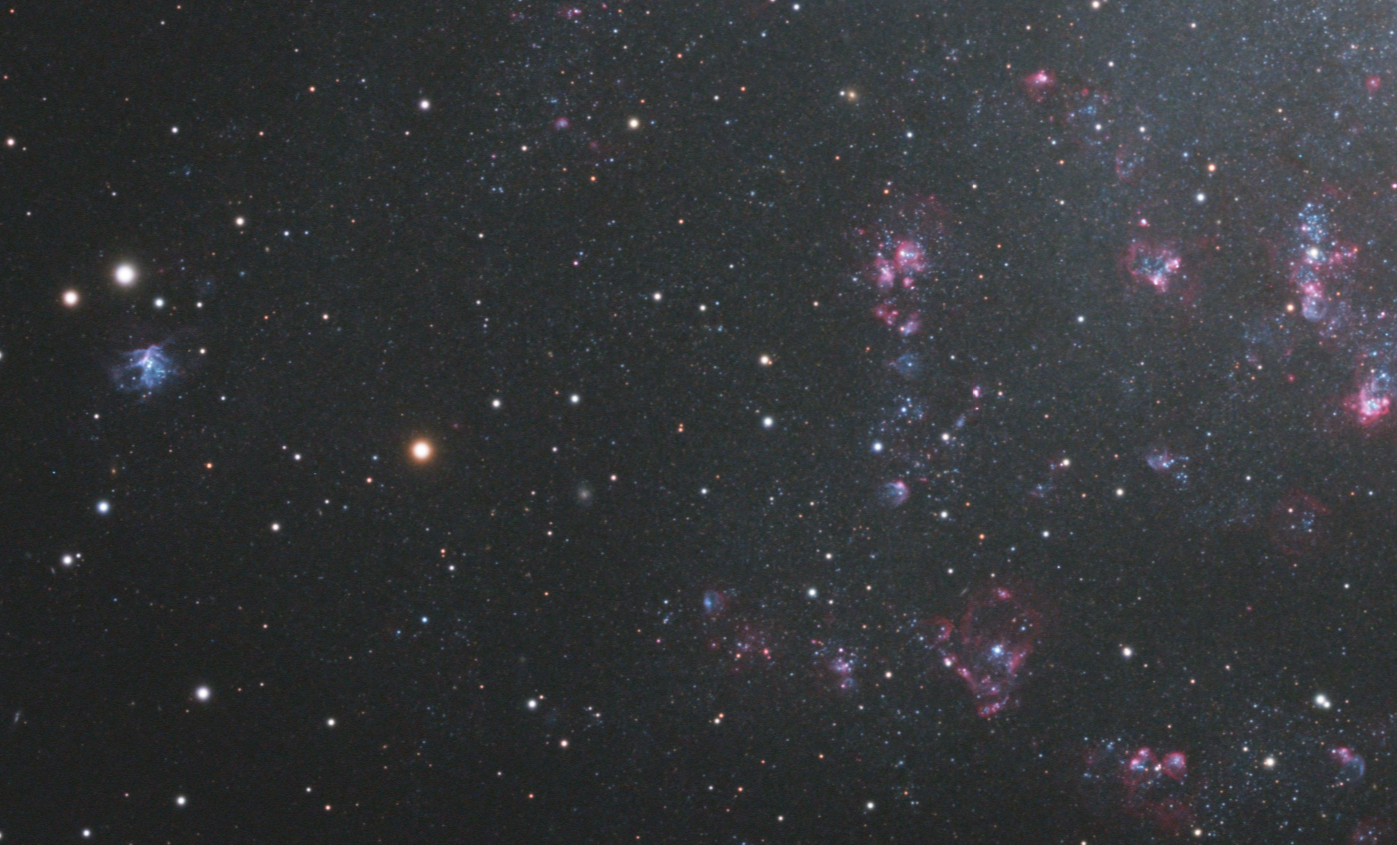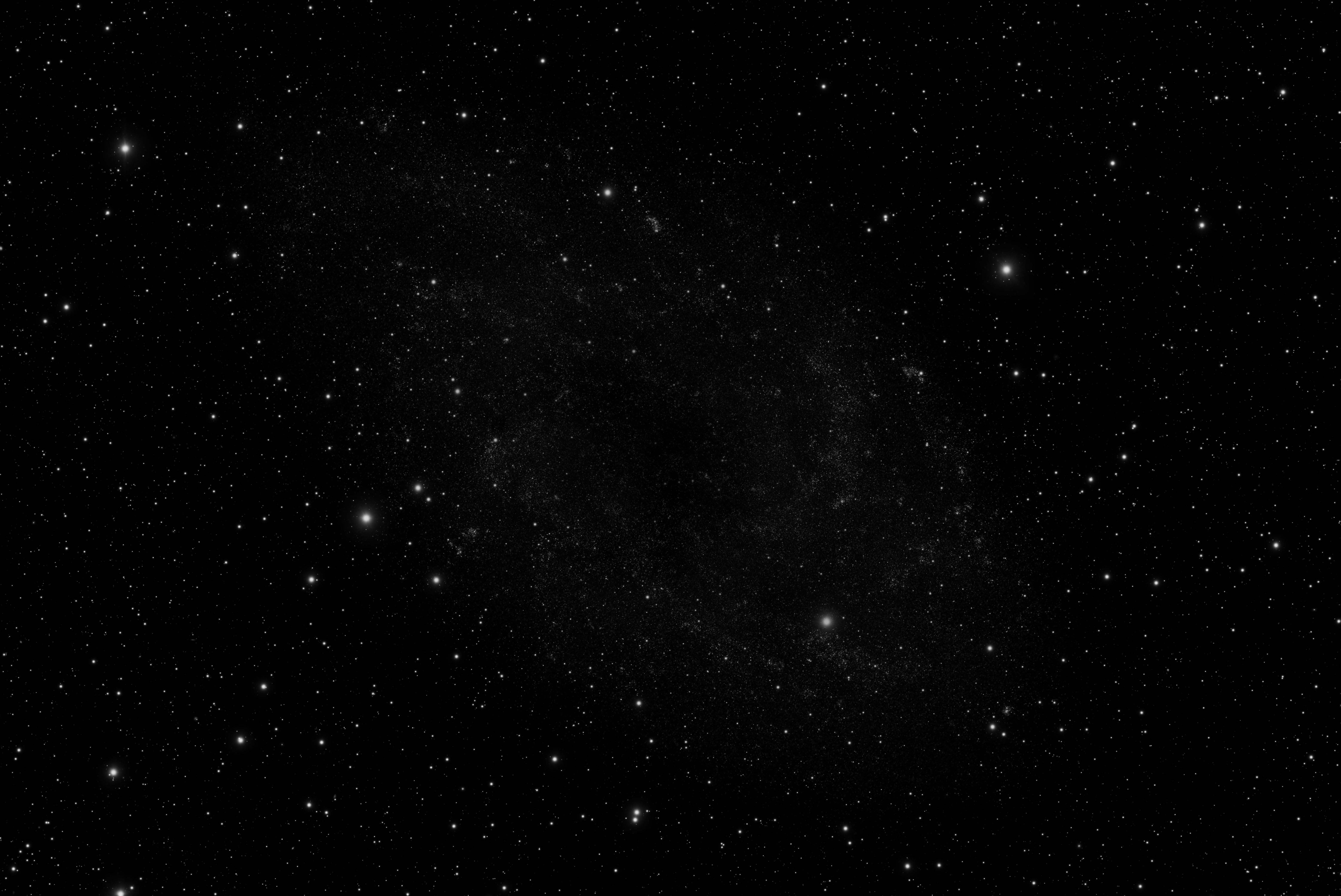Try not using star removal in your process. or IF you do decided to use star removal on galaxy data, do it after the image is stretched. There are tons of background galaxies in your image and 80% of them get eaten by star removal. Once they're in your star layer, anything you do to that star layer also affects those background galaxies. If you extract stars linearly, then stretching your stars softer (which is something most people do) will also mute the luminance of the background galaxies. By the time blurX gets in the mix, then reduction, contrast, etc.... all those small disc shaped galaxies turn into round stars.
Had I used starless on this image (work in progress) those small background galaxies probably wouldn't be there. The depth of the galaxy will likely be muted since there will be a plateau of sorts where stars exist and then drop off after losing them due to denoise and such on the starless layer.

Even if you don't care about these things I mentioned, I high recommend you at least TRY not doing a starless process on galaxy data. You might be surprised.


